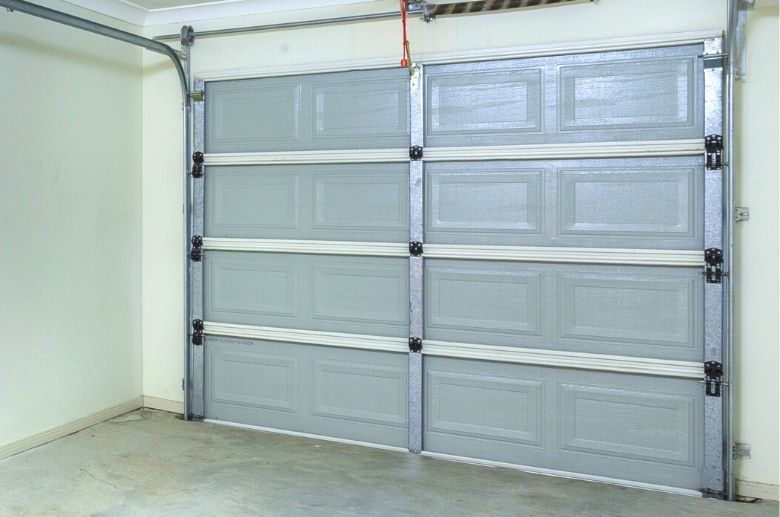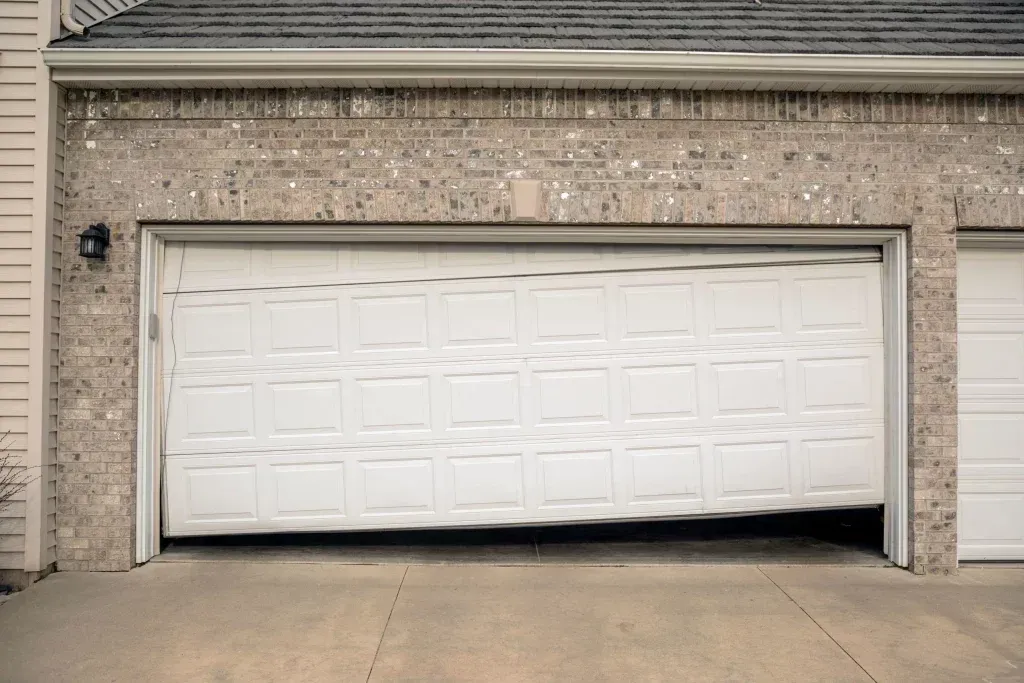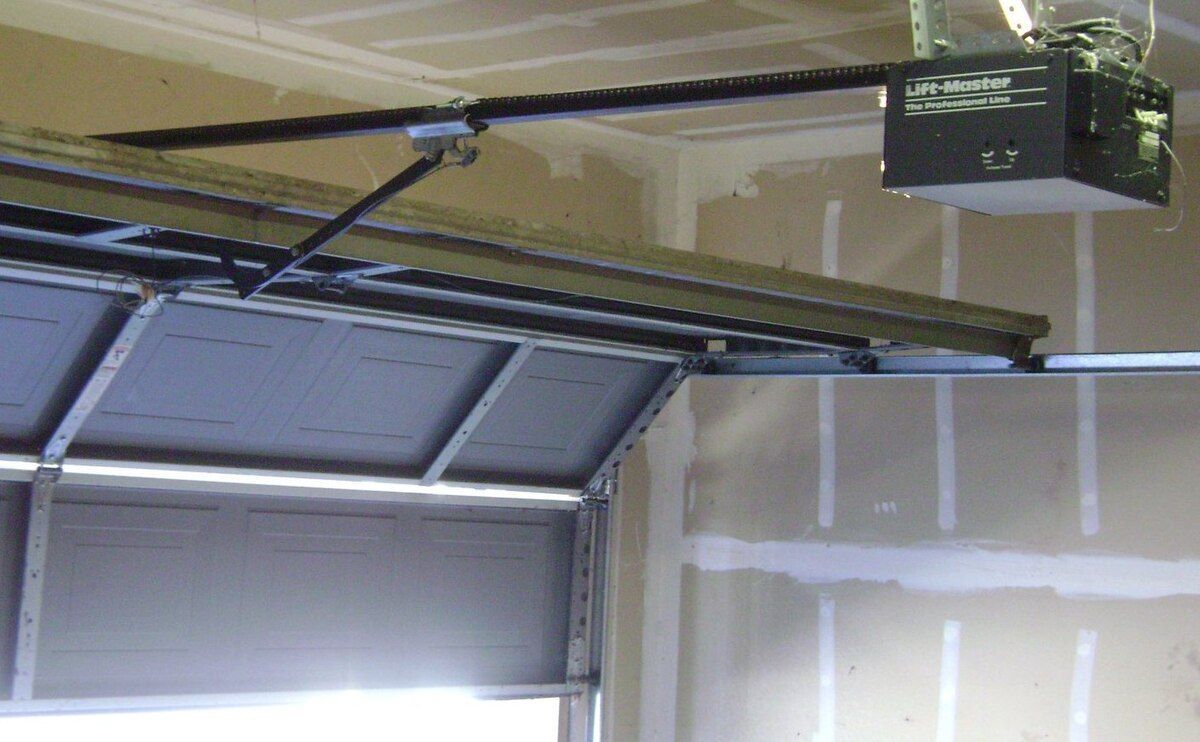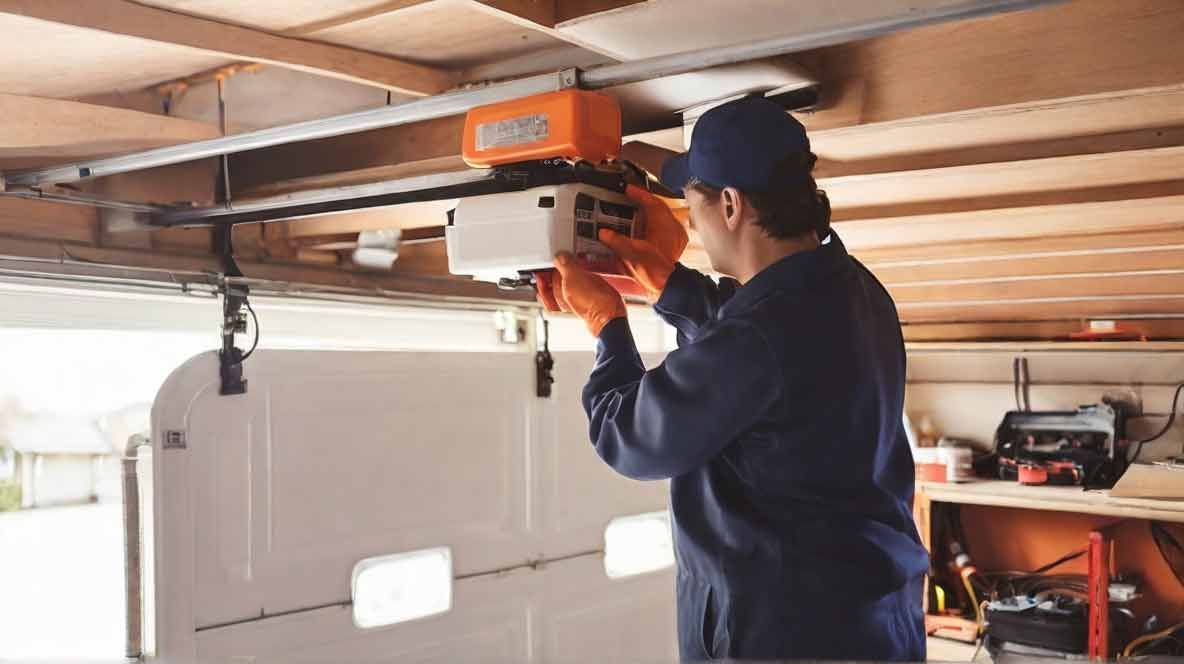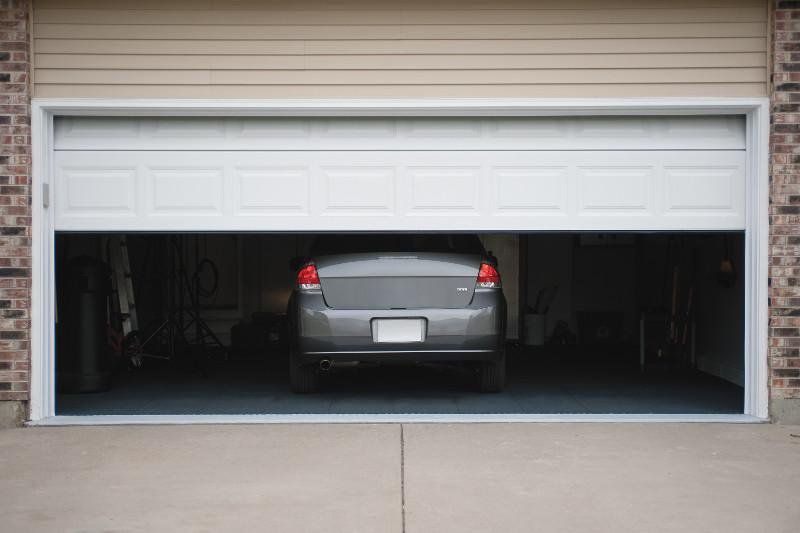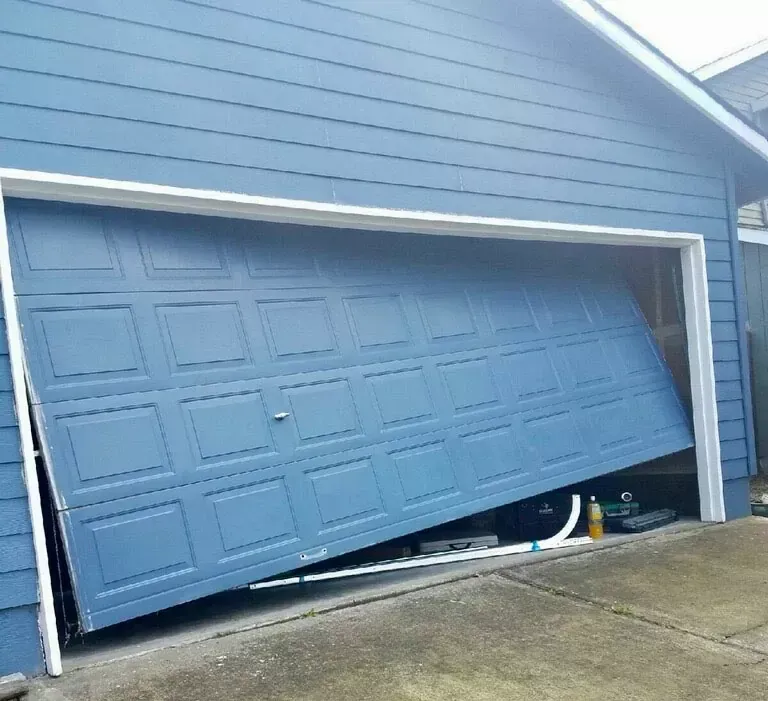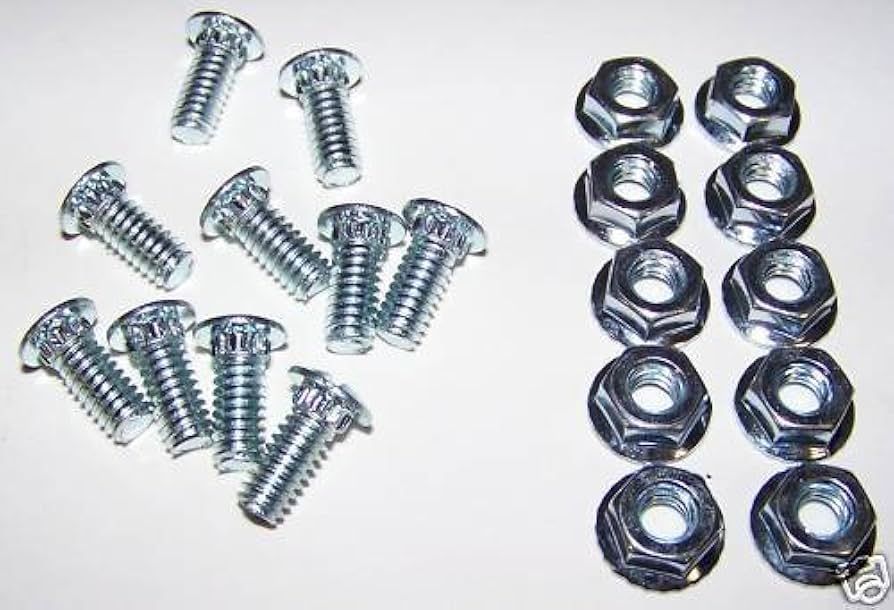How to Choose the Best Garage Door Insulation for Your Climate?
Garage door insulation plays a pivotal role in maintaining the energy efficiency, comfort, and functionality of your garage space. Whether you use your garage as a workshop, storage area, or just to park your car, choosing the right insulation can make a significant difference in temperature control, energy savings, and even noise reduction. However, insulation needs vary depending on your climate—what works in a snowy region might not be ideal for a hot and humid one.
Why Garage Door Insulation Matters

Insulating your garage door is more than just a convenience; it’s a smart investment that offers a host of benefits:
- Energy Efficiency: Proper insulation minimizes heat transfer, keeping your garage warmer in winter and cooler in summer. This reduces energy consumption and lowers utility bills.
- Temperature Control: Insulated doors help maintain a stable temperature in the garage, which is especially important if the space is attached to your home.
- Noise Reduction: Insulated garage doors dampen outside noise, creating a quieter environment.
- Durability: Insulation can enhance the structural integrity of your garage door, protecting it against wear and tear. It can also help prevent pest intrusion by sealing gaps where rodents might enter—learn how to Keep Mice Out of Garage with smart sealing strategies.
Factors to Consider When Choosing Garage Door Insulation
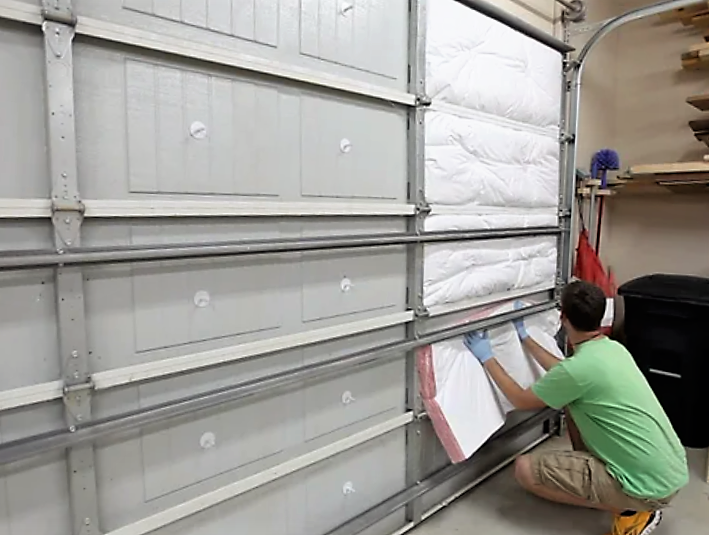
Material Type
Different materials offer varying levels of insulation, cost, and installation complexity:
- Foam Boards (Polystyrene): Lightweight and effective, foam boards provide a high R-value and are ideal for most climates.
- Polyurethane Foam: This high-density material offers excellent insulation and structural support.
- Reflective Barriers: Best for hot climates, these barriers reflect radiant heat away from the garage.
- Fiberglass Batts: A budget-friendly option, though installation can be more challenging.
R-Value
The R-value measures an insulation material’s resistance to heat flow. Higher R-values indicate better insulation. For example:
- R-8 to R-12: Ideal for cold climates where heat retention is crucial.
- R-4 to R-8: Suitable for moderate climates.
- R-2 to R-4: Works well in hot and humid areas to block radiant heat.
Climate Compatibility
Insulation needs vary by climate:
- Cold Climates: High R-value materials like foam boards and fiberglass are essential to retain heat.
- Hot Climates: Reflective barriers or radiant heat-blocking materials are more effective.
- Moderate Climates: Cost-effective and lightweight options like polystyrene panels work well.
Best Insulation Options by Climate
Hot and Humid Climates
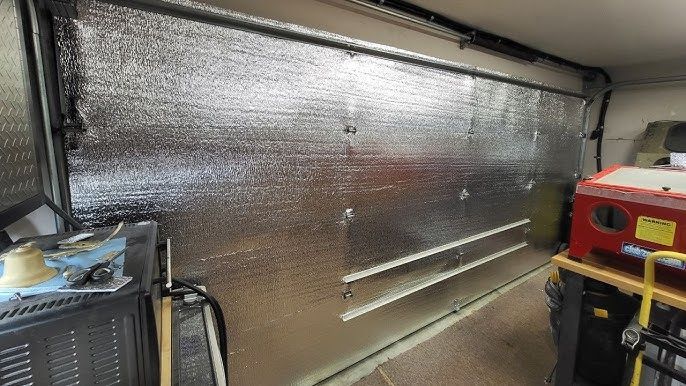
In regions with high temperatures and humidity, the goal is to deflect radiant heat. Reflective barriers, combined with foam boards, are excellent choices. These materials create a thermal barrier, reducing heat buildup and ensuring a cooler garage. Using insulation is an effective way to reduce heat from a garage door, especially in areas where the sun’s intensity can make the garage unbearably hot.
Cold and Snowy Climates
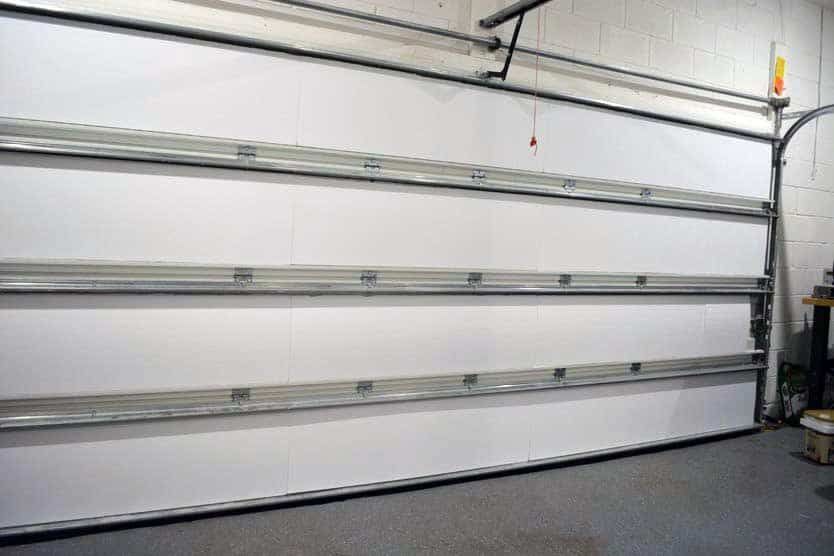
For areas prone to freezing temperatures, high R-value insulation is critical. Polyurethane foam and fiberglass batts provide superior thermal resistance, keeping your garage warm and protecting items stored inside from extreme cold.
Moderate Climates
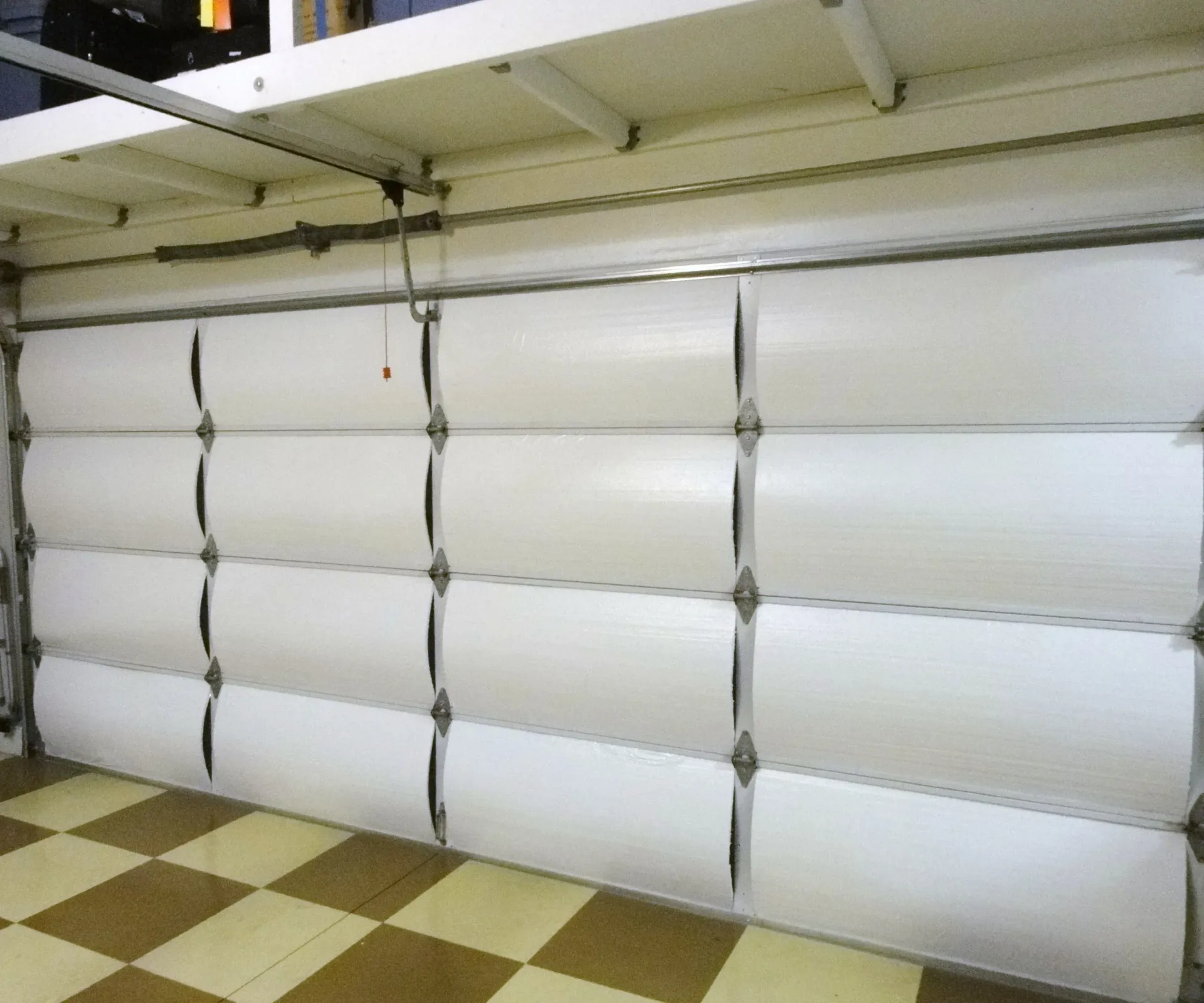
If you live in a region with mild weather, you can opt for cost-effective solutions like polystyrene foam boards or batt insulation. These options balance temperature control without overspending on high R-value materials.
Installation Tips for Garage Door Insulation
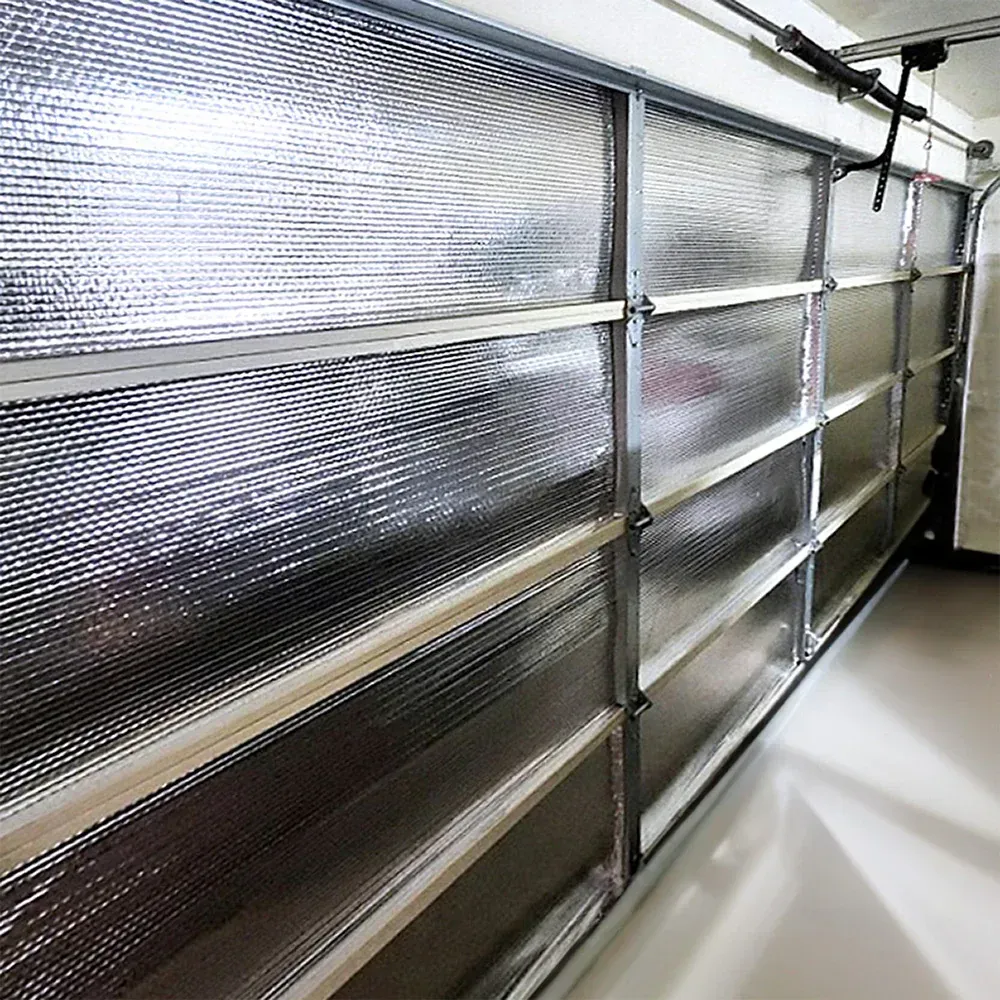
- DIY vs. Professional Installation: While some materials like foam boards are DIY-friendly, others, such as spray foam, might require professional assistance for optimal results.
- Tools and Materials: You’ll need a utility knife, adhesive, measuring tape, and insulation panels.
- Step-by-Step Guide:
- Measure the dimensions of each garage door panel.
- Cut insulation material to fit snugly.
- Secure the insulation using adhesive or clips.
- Seal gaps with weatherstripping for added efficiency. For those in hurricane-prone regions, this is also a good time to evaluate your reinforcement hardware—consider upgrading to the best bolts for hurricanes to protect your insulated door against high winds and pressure surges.
Common Mistakes to Avoid
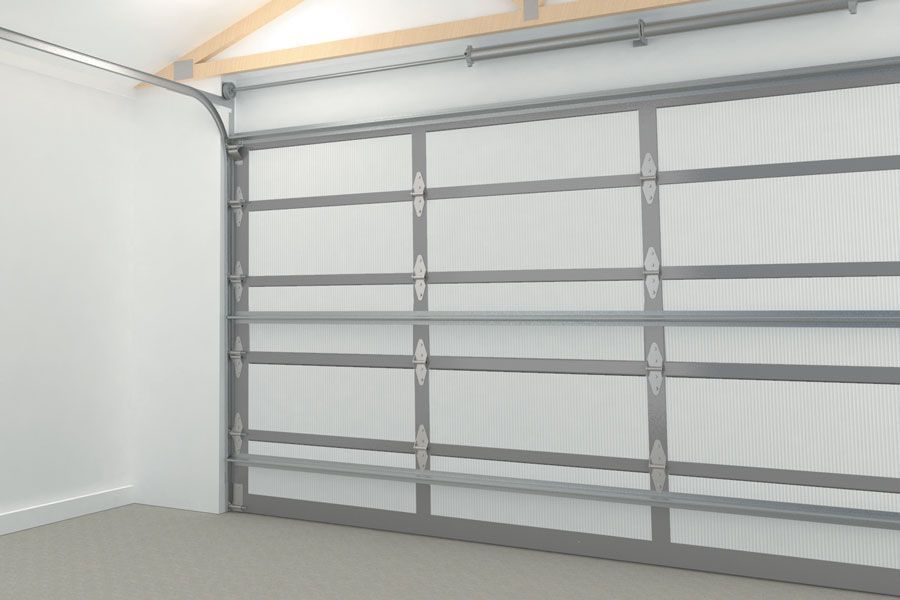
- Neglecting Gaps: Unsealed edges can significantly reduce insulation efficiency.
- Improper Material Selection: Choosing the wrong material for your climate can lead to inefficiency.
- Ignoring R-Value: Skimping on R-value can result in higher energy costs in extreme climates.
Cost vs. Efficiency: Is Garage Door Insulation Worth It?
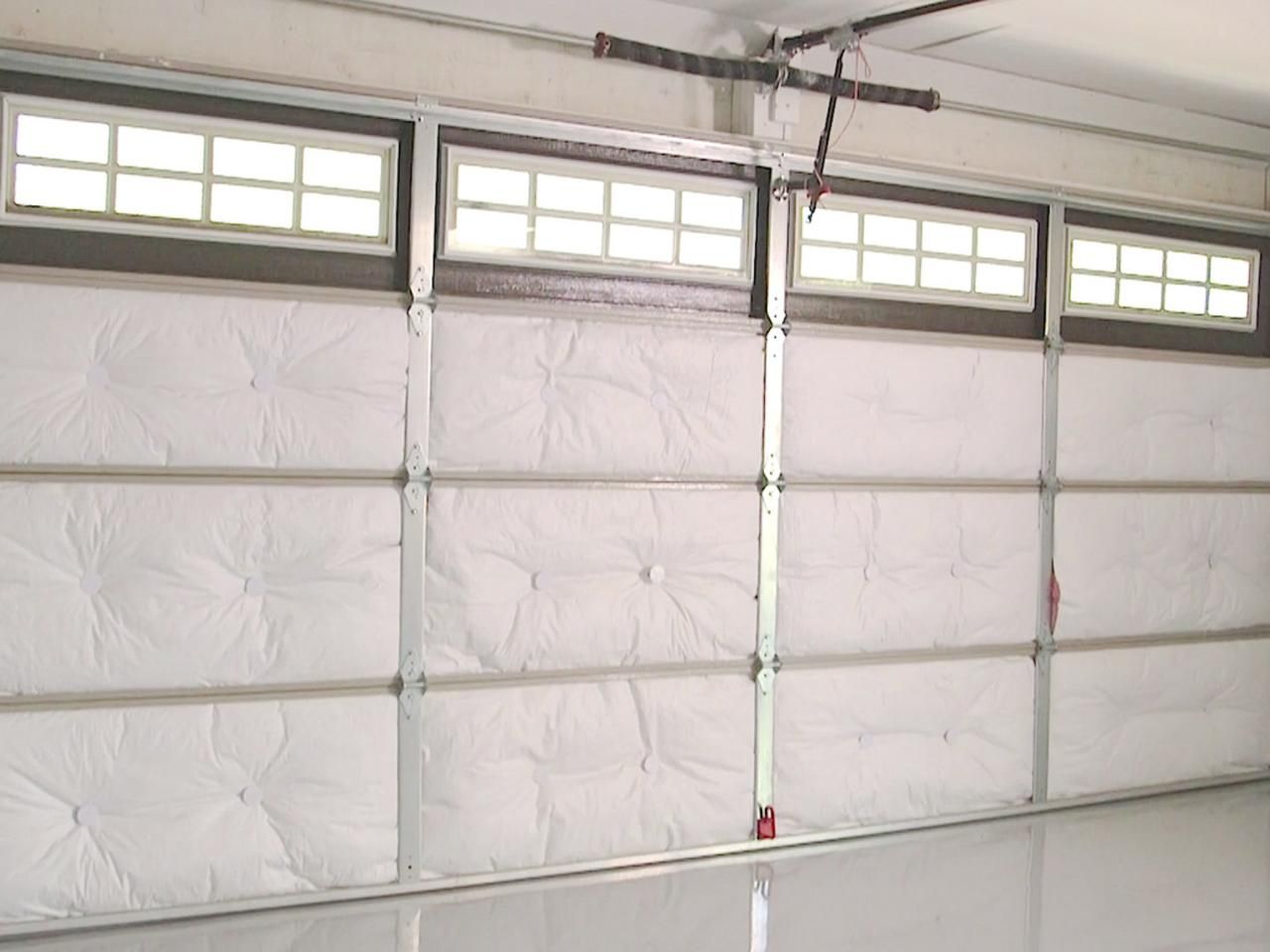
Investing in garage door insulation pays off in the long run. Studies show that insulated garage doors can reduce energy costs by up to 20%, depending on your climate. For example, a family in a snowy region might save hundreds of dollars annually by preventing heat loss through an uninsulated garage. Additionally, improved thermal efficiency adds value to your home.
Conclusion
Choosing the best garage door insulation for your climate is a crucial step in creating an energy-efficient and comfortable space. By considering factors like material type, R-value, and climate compatibility, you can make a choice that suits your needs and budget. Whether you’re battling extreme heat or freezing cold, the right insulation ensures your garage stays functional and cost-effective year-round.



